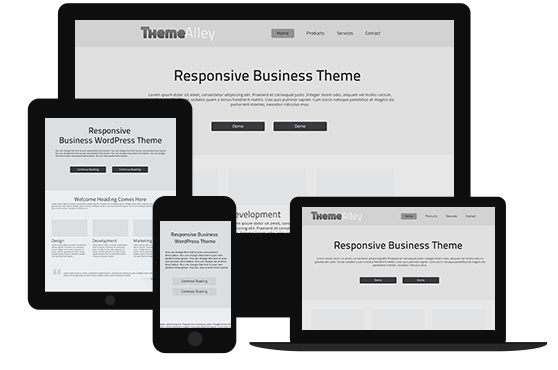Simplify, then add lightness. This one core philosophy is the foundation of Colin Chapman’s approach in building cars in the 50s all the way until his death in the early 80s. Even now, you can still see this philosophy mirrored in Lotus Cars, the British automotive company that Chapman founded that you might’ve recognized from classic James Bond films. Even before minimalism become fashionable, Chapman has always adhered to this philosophy, even when it sometimes jeopardized the safety of drivers driving his cars.
For Chapman, minimalism isn’t just an aesthetic choice. Another one of his famous quotes exemplify his line of thinking; “Adding power makes you faster on the straights; subtracting weight makes you faster everywhere”. As is the case with the automotive world, minimalism also carries actual functions aside from just being nice to look at when it comes to the world of Melbourne web designer. The word basic tends to have pejorative undertones in our current discourse but simplicity does have its values when it comes to designing a user interface.
Minimalism as a design language
There is no universal agreement on what would constitute minimalist design but the oft-cited consensus is that it represents a school of thought where every element in an interface is there for a specific purpose. In minimalism, there’s a deliberate reason behind the existence and placement of every element in a single web page and in the eyes of the users, everything works exactly the way they think it would. Ideally, there are no superfluous elements in minimalism and the experience is pared down to only focus on what’s essential.
This is not to say that there can be no intricate, complex or any kind of visual touch in a minimalist design; it’s more about how these elements shouldn’t be made more intricate, complex or distracting than they already are. Functionally and aesthetically, the goal in minimalism is to prioritize efficiency, how a designer can do and convey more with less. This less is more approach doesn’t just infuse your website with a tidy look, it would also enhance your customer experience in several tangible and noticeable ways.
Minimalism helps add clarity to your website and/or contents
It doesn’t matter if your website serves an educational or a marketing purpose; you would still want your message to be success fully delivered to your audience and one easy way of achieving that is by adopting minimalism as a design language. Minimalism means having less things to focus on for the users, enabling them to navigate their way around your website and digesting your contents easier. The challenge here lies in your ability to distill your message to its essentials while still being unambiguous.
Far too often, designers commit the sin of pulling too hard and too much to the other direction. They not only succeed on stripping down their elements of any superfluous elements, they also succeed in making them almost unrecognizable. Having to manage this delicate balance can be hard as there’s a very fine line between a minimalist design and a muddled, ambiguous design. If you’re just starting out, you might not be able to achieve this balance in your first try but dig your heels in and I can assure you that the result would be more than worth the trouble.
Minimalism helps with the performance of your website
Just at look at how much success Colin Chapman has had in Formula 1, the Holy Grail when it comes to motorsport. Under his leadership, Team Lotus won a total of seven Constructor’s Championship titles. That’s enough to place Lotus in fourth place in the all-time list, which is quite impressive given it’s been two decades since the last time Lotus entered a Formula 1 race. Obviously, motorsport and web design is far from an apple-to-apple comparison but lightness does carry several inherent performance advantages in the world of web design.
On the users’ part, adopting minimalism as a design language helps make your website load faster and perform better simply because there are fewer elements that have to be loaded. Having less complicated elements means that your website wouldn’t be such a resource hog either, making it easy for users that are using modest hardware in both desktop and mobile. On the designers’ part, minimalism would make maintenance and upkeep easier as again; there would simple be fewer elements you have to take care of.
Minimalism helps make organization and housekeeping easier
For business that runs an online service and have to resort to using highly sophisticated and complex web applications that have to either process or host a lot of data, adopting minimalism as a design language can help make all of that sophistication and complexity more digestible. Even if your target audience skews younger, it’s wrong to assume that all millenials and Generation Zs are all equally tech-savvy; some would still be just as clueless as your grandparents when faced with a highly technical application.
As has been mentioned before, minimalism helps add clarity to your user interface. White space, another essential element in minimalism, could also help make the complex nature of web application more manageable by injecting a visual breathing space on your interface. Given the sheer popularity of web applications, ranging from office productivity apps, music streaming apps and e-commerce platforms, web designers have to come up with a way so that they can be easily used by everyone and minimalist design is one way of achieving this.



